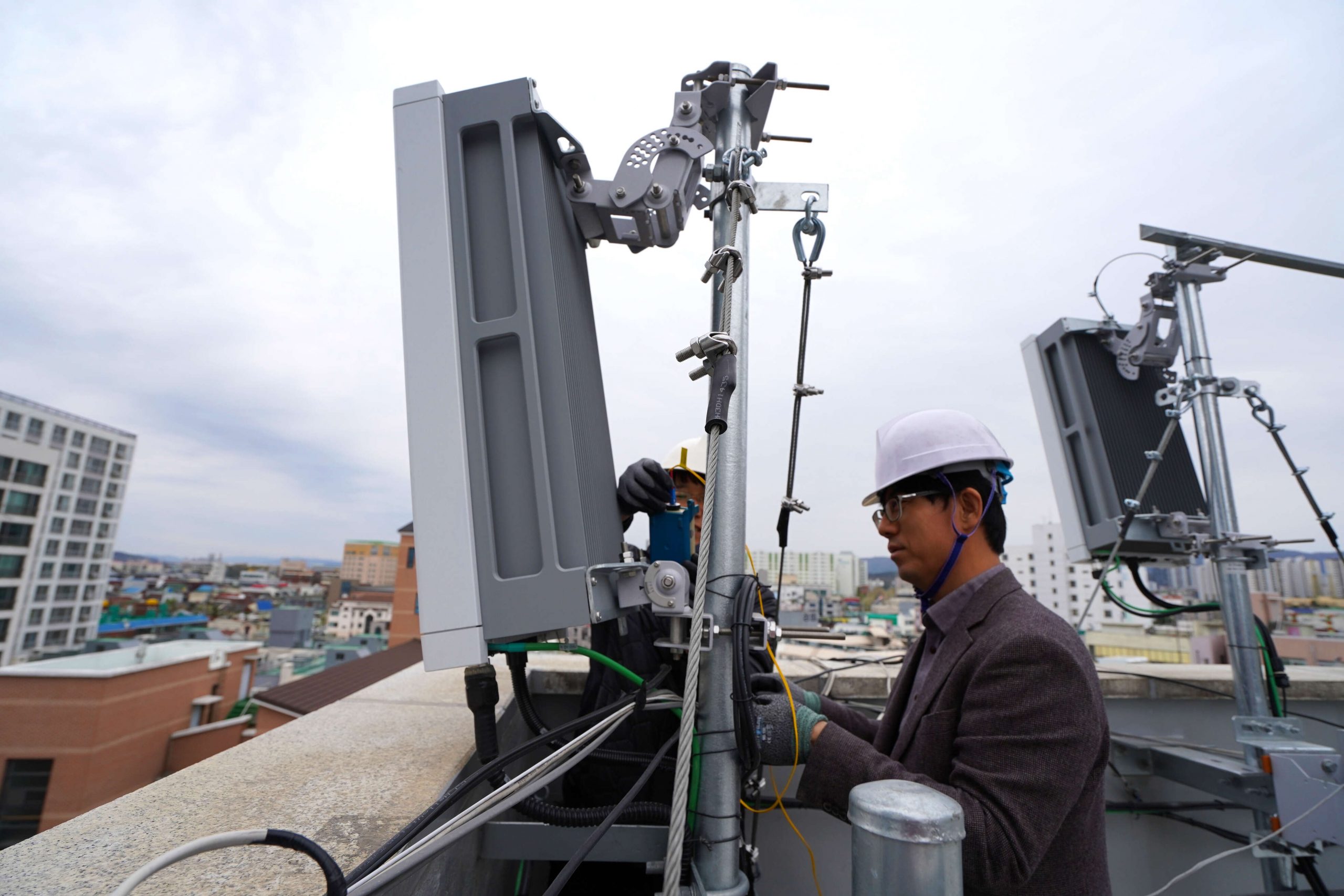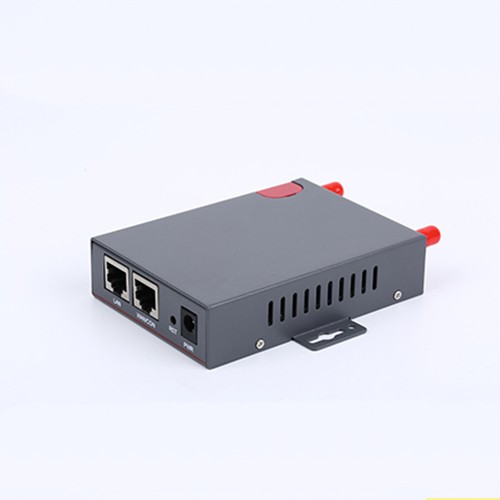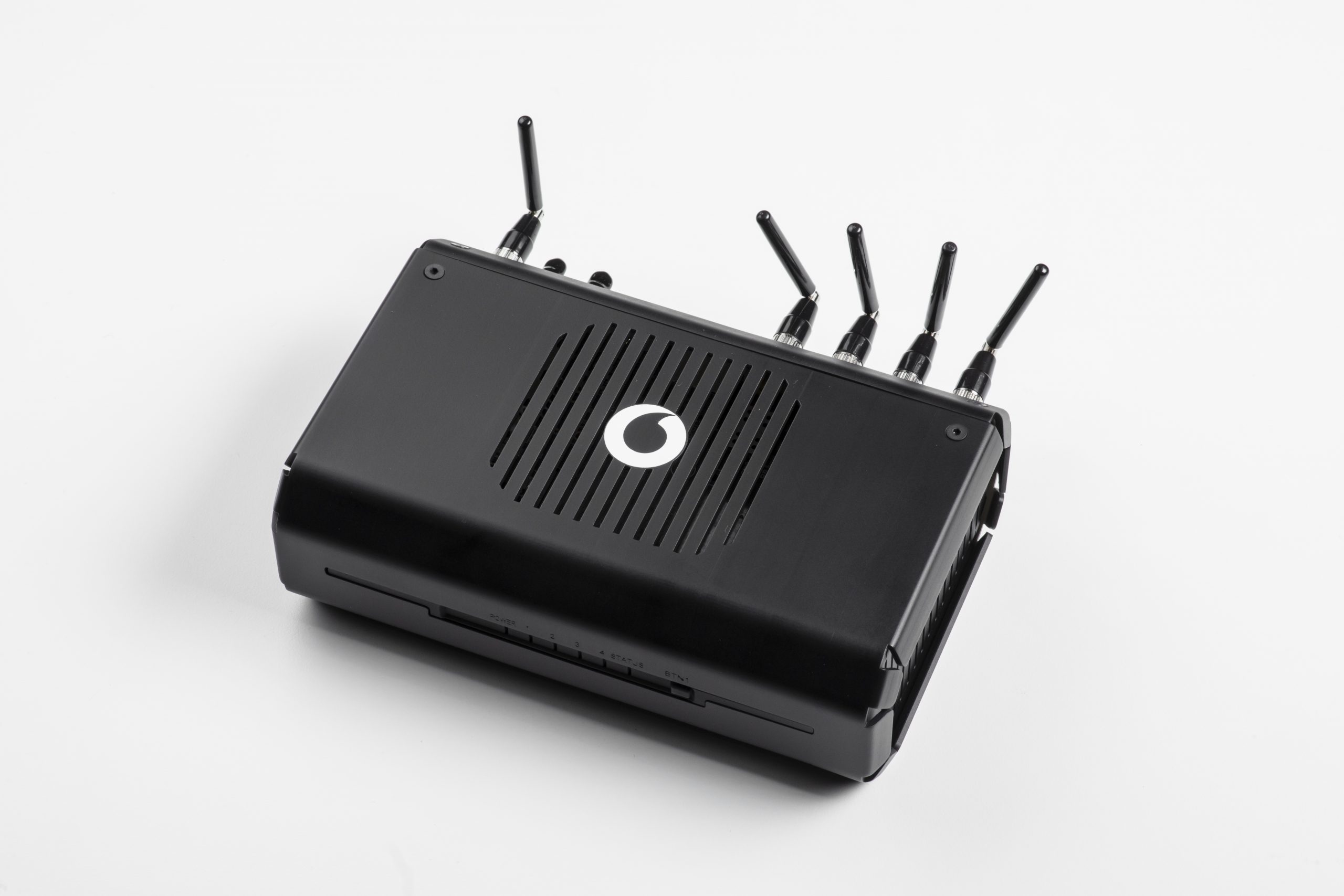The Industrial Internet of Things is growing rapidly – and with it the requirements. (Image: mylk+honey)
The 5G industry is currently developing faster than expected. Huawei alone has signed over 1000 5G contracts in more than 20 different industries. By the end of 2020, 380 5G devices were on the market, eight times more than the previous year. 220 million people used 5G mobile, and 1.05 million obtained the wireless broadband connections for home, a year-on-year increase of 17 and 21 times, respectively. Huawei expects these numbers to triple in 2021.
As network usage increases, 5G capabilities must also continuously evolve and improve: Enhanced Mobile Broadband (eMBB) services are driving a significant increase in data demand. With the introduction of reduced capacity (REDCAP), massive machine-type communications (mMTC) services will be available on more endpoints to meet diverse IoT requirements. Ultra Reliable Low-Latency Communication (URLLC) services require networks that reduce transmission latency and provide latency-guaranteed connectivity services to meet the high-value connectivity requirements of remote control and programmable logic controllers (PLCs).
Immersive interaction services, such as augmented and virtual reality, are also evolving rapidly, opening up new opportunities in extended reality (XR). To implement this, 5G networks must increase their average speed from 120 Mbps to 2 Gbps as high definition improves from 4K to 16K. Transmission latency must also be reduced from the current 20 ms to 5 ms to ensure real-time interaction in the virtual world.
Increasing requirements for uplink speeds
Various consumer AR/XR services require high-resolution images and videos to be sent from local devices to the cloud for further display, so uplink speed requirements are also increasing. Remote control and machine vision in industrial applications require real-time transmission of 4K and 8K video. This is driving a significant increase in the share of uplink traffic over 5G networks to over 40 percent. To handle such a large amount of uplink traffic, 5G uplink capabilities must be improved by at least a factor of 10.
In addition, 5G must provide sensor capabilities to enable remote control, vehicle-road synergy, unmanned transport and smart logistics. For example, by introducing cellular Massive MIMO beam scanning in sensor technologies, both sensing and communications and even high-precision indoor positioning services can be implemented through wireless technologies.
5.5G and deterministic networks to drive industry-wide digitalization
The deployment of 5.5G could help explore new applications in the industrial sector, for example, through the use of Uplink Centric Broadband Communication (UCBC), Real-Time Broadband Communication (RTBC) and Harmonized Communication and Sensing (HCS). If 5G is integrated faster, it will open up a new market space worth more than US$10 trillion, as Dr. Tong Wen, Huawei Fellow and CTO of Huawei Wireless, revealed at MWC in Shanghai.
Another building block of advancing digitalization is deterministic networks. In a whitepaper, Huawei and partners presented a 5GDN architecture that can guarantee compliance with end-to-end (E2E) service-level agreements (SLAs). The scaled commercial use of deterministic networks makes it possible to build predictable, schedulable, verifiable, and deterministic mobile private networks.
Deterministic networks are widely recognized as becoming the technical foundation and driving force for the upgrade and development of industries such as the Industrial Internet, Energy IoT, and Internet of Vehicles (IoV). However, as 5G continues to evolve, it will become more difficult to ensure a deterministic experience as new requirements are placed on deterministic network architecture and key technology support.
Several deterministic network assurance technologies and capabilities are available for the 5GDN architecture, such as network slicing, multi-access edge computing (MEC), 5G network service awareness and collaboration, ensuring 5G cross-domain collaborative scheduling, accurate real-time performance measurement, and interconnection and integration between 5G and industrial networks. While industrial customers can select these technologies and capabilities as needed, it is recommended that they be optimized and enhanced based on 3GPP standards to build a 5GDN architecture and improve deterministic network capabilities.
New 5GtoB Solution
For industrial customers, Huawei also unveiled a new 5GtoB (5G to Business) solution that will enable enterprises to easily and quickly obtain sales, operations, and services as a one-stop solution in the future. Huawei’s 5GtoB solution includes four functionalities:
- The 5GtoB network serves as the infrastructure of the 5G solution. This can provide scenario-based 5GtoB services, including network planning, deployment, maintenance, and optimization.
- With 5GtoB NaaS, network functions can be bundled into offerings before they are released. This makes it easier for users and developers to leverage 5G networks and self-manage 5G campus networks.
- The 5GtoB App Engine is an app innovation center where application developers and system integrators can access operators’ 5G network functions. It makes 5GtoB application development more efficient and application integration easier. It also serves as a bridge between 5G network capabilities and 5GtoB applications, enabling agile service development and deployment.
- The 5GtoB Marketplace is an all-in-one digital supermarket in the cloud where enterprise users can buy the industrial 5G solutions they need.
An initial application of the 5GtoB solution is in the steel industry, where it helps standardize and rapidly replicate automated billet turning, AR-assisted remote assembly, and steel surface quality inspection.
(Parts of this text were translated with www.deepl.com)









Leave A Comment